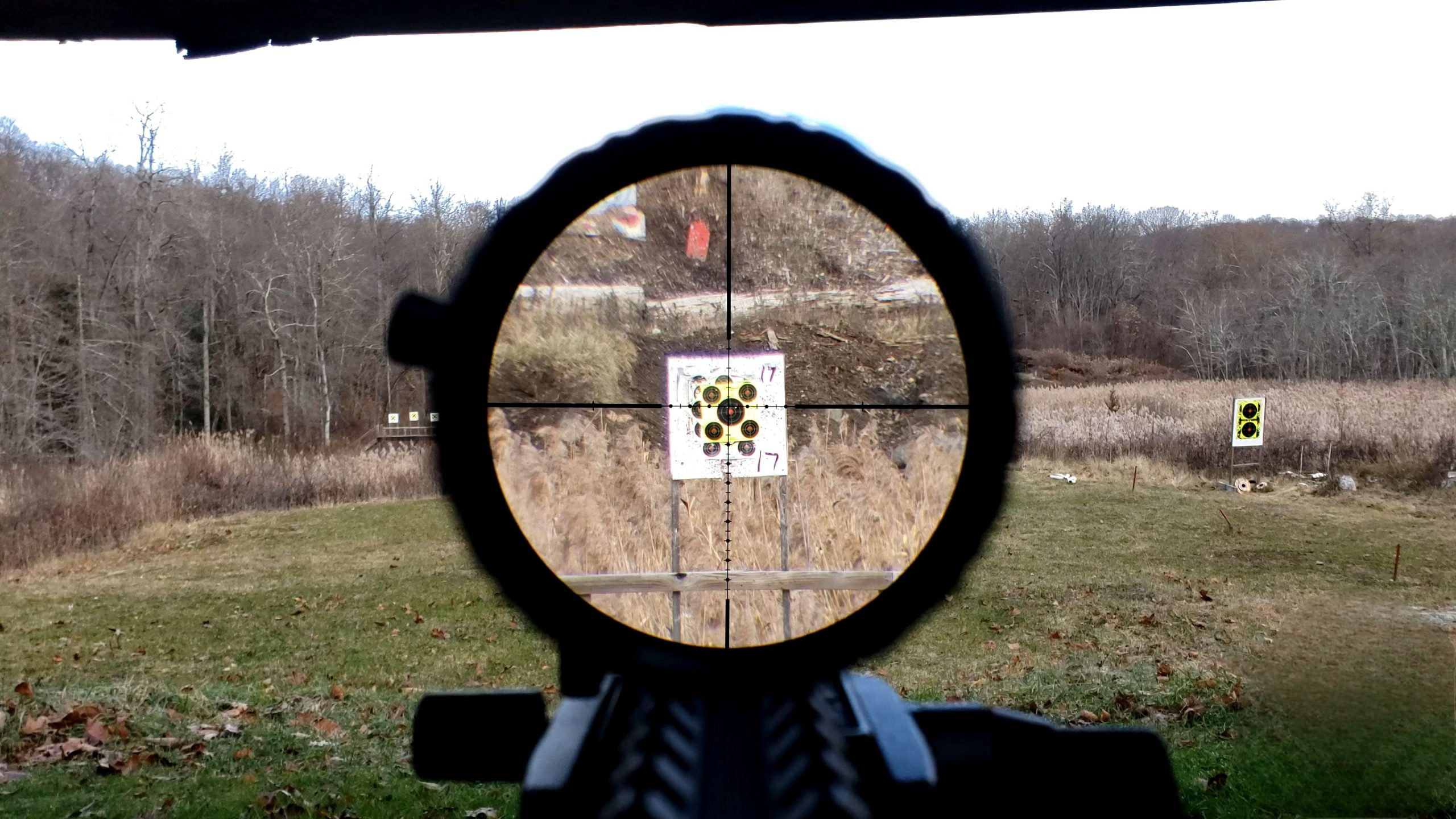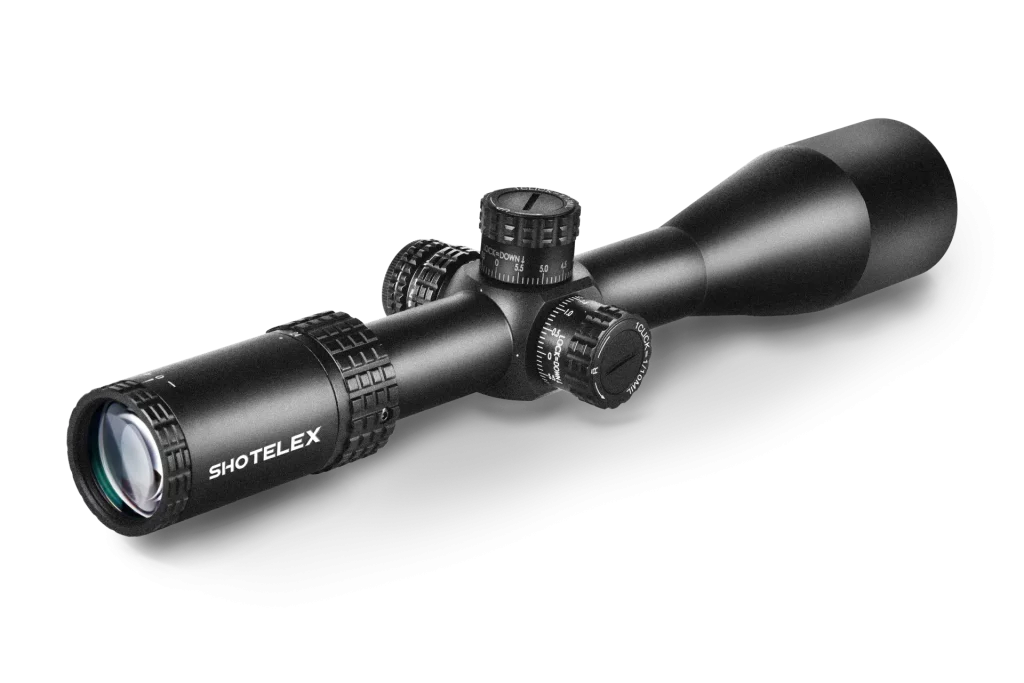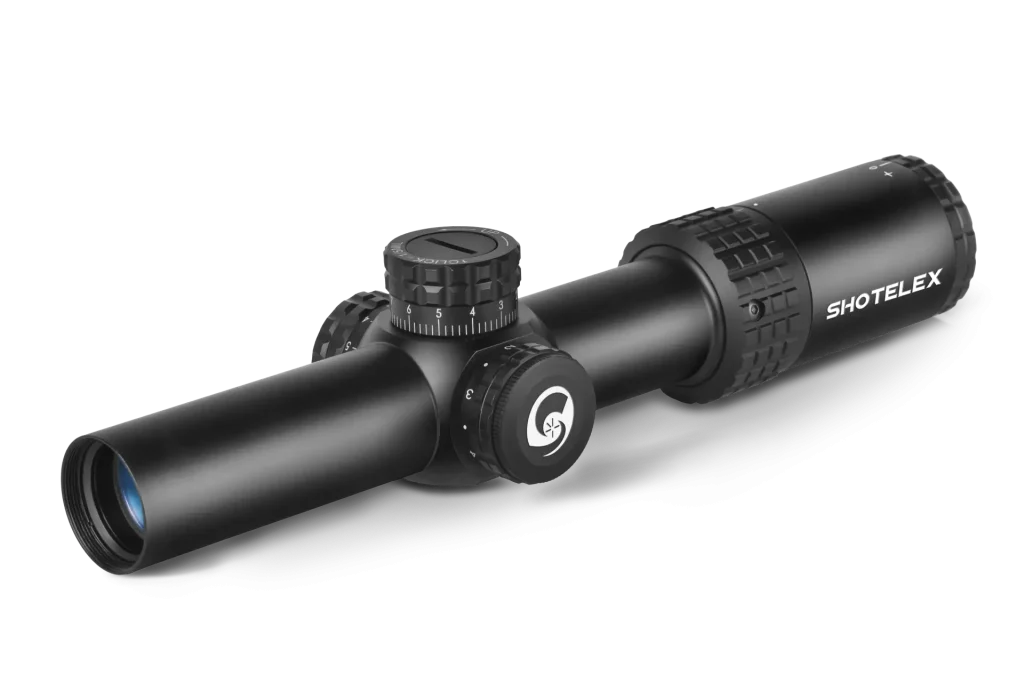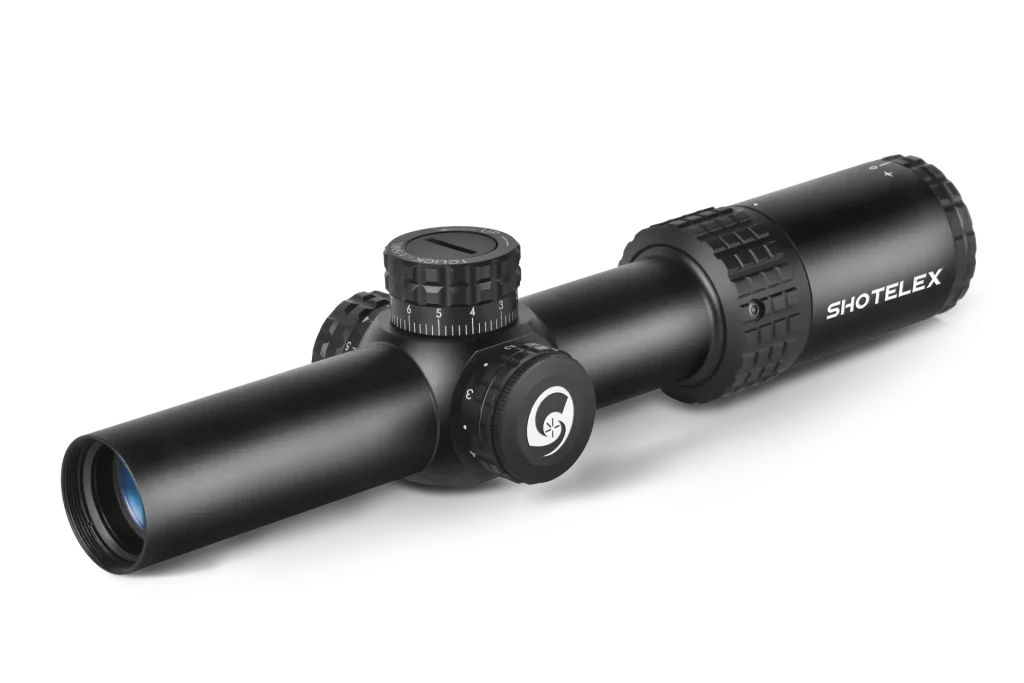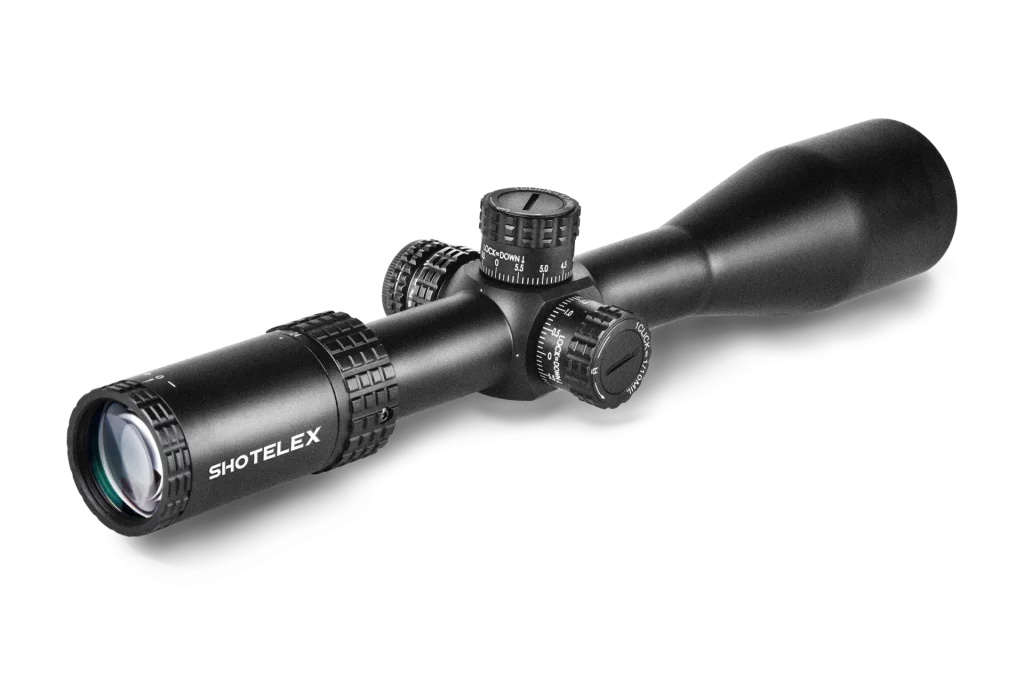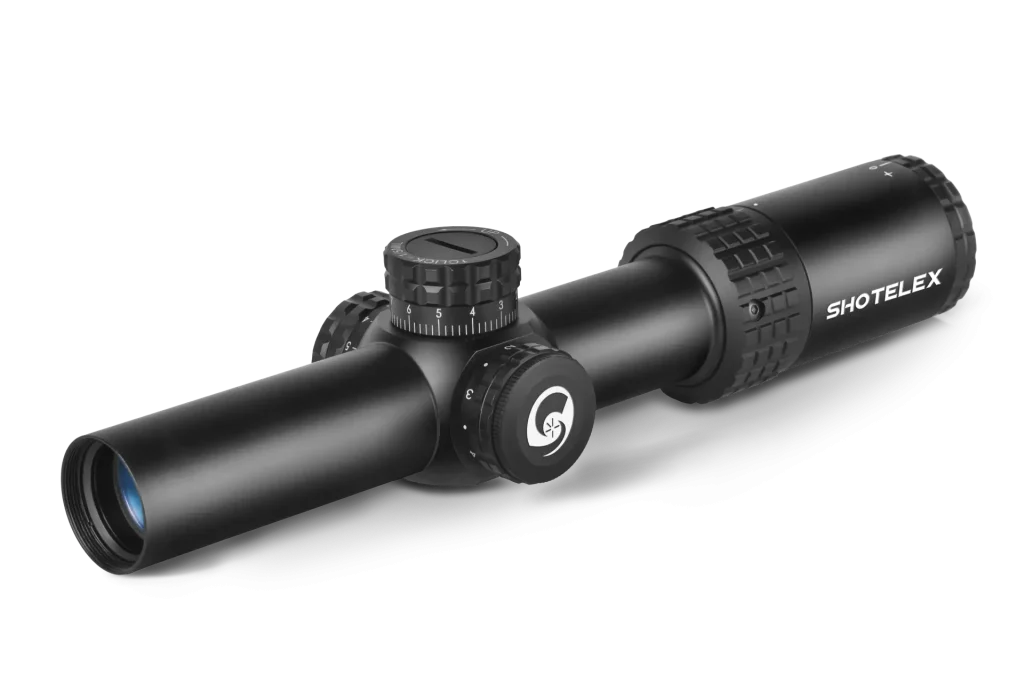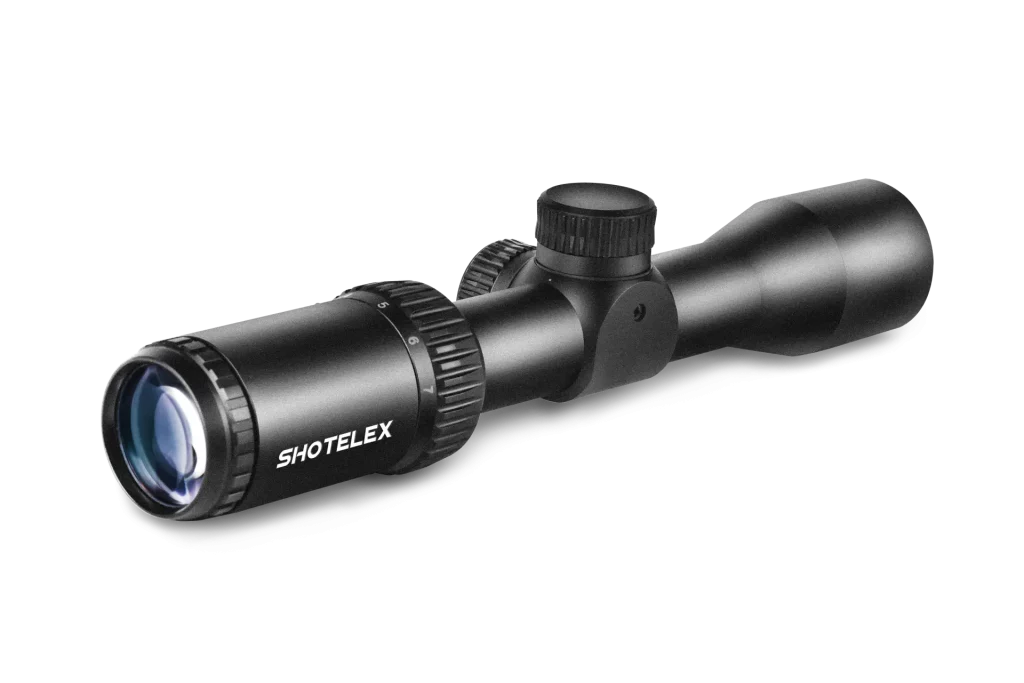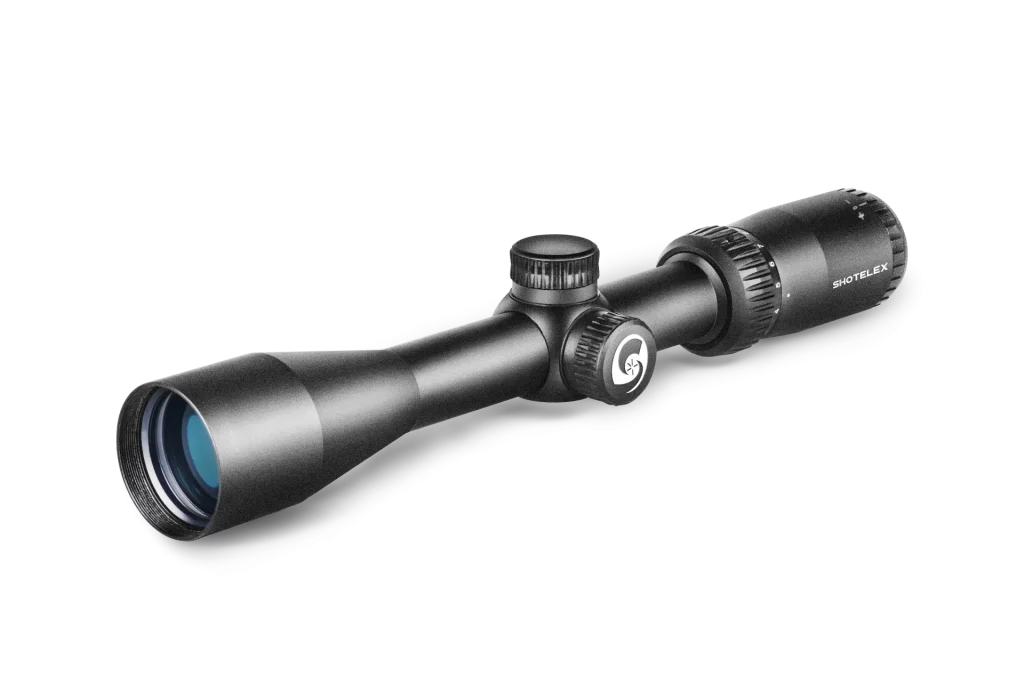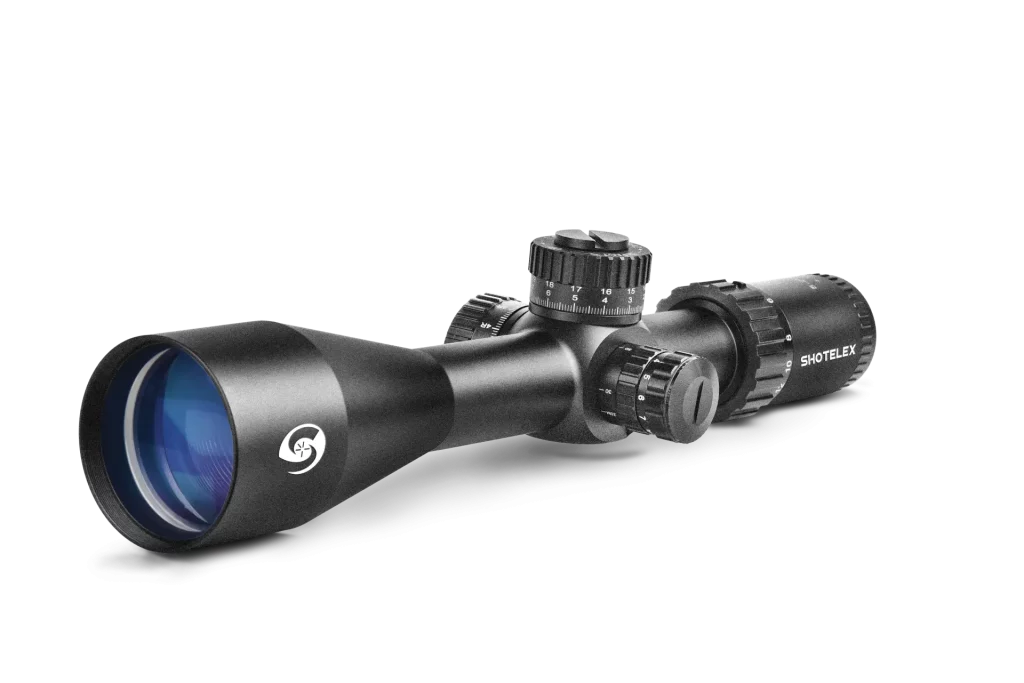What Does AO Mean On A Rifle Scope
When we look at the body of a rifle sight you will often see “AO” mark. A lot of people are aware that it refers to adjustments, but don’t fully comprehend the specific purpose behind its usage. Actually it is it is AO (Adjustable objective) is among the features that improve accuracy of shooting, particularly when aiming over great distances or at large magnifications.
In comparison to standard scopes, the scopes with AO capabilities can increase accuracy when shooting, and this is especially evident when used for long and medium-range shooting. Thus, knowing the principles of AO and mastering its proper technique of use are essential for shooters who want to achieve precise shooting.
What is AO? — Basic Concepts
The full name of AO is Adjustable Objective, which refers to the function that the objective lens (front lens) part of the scope has the adjustable focal length.
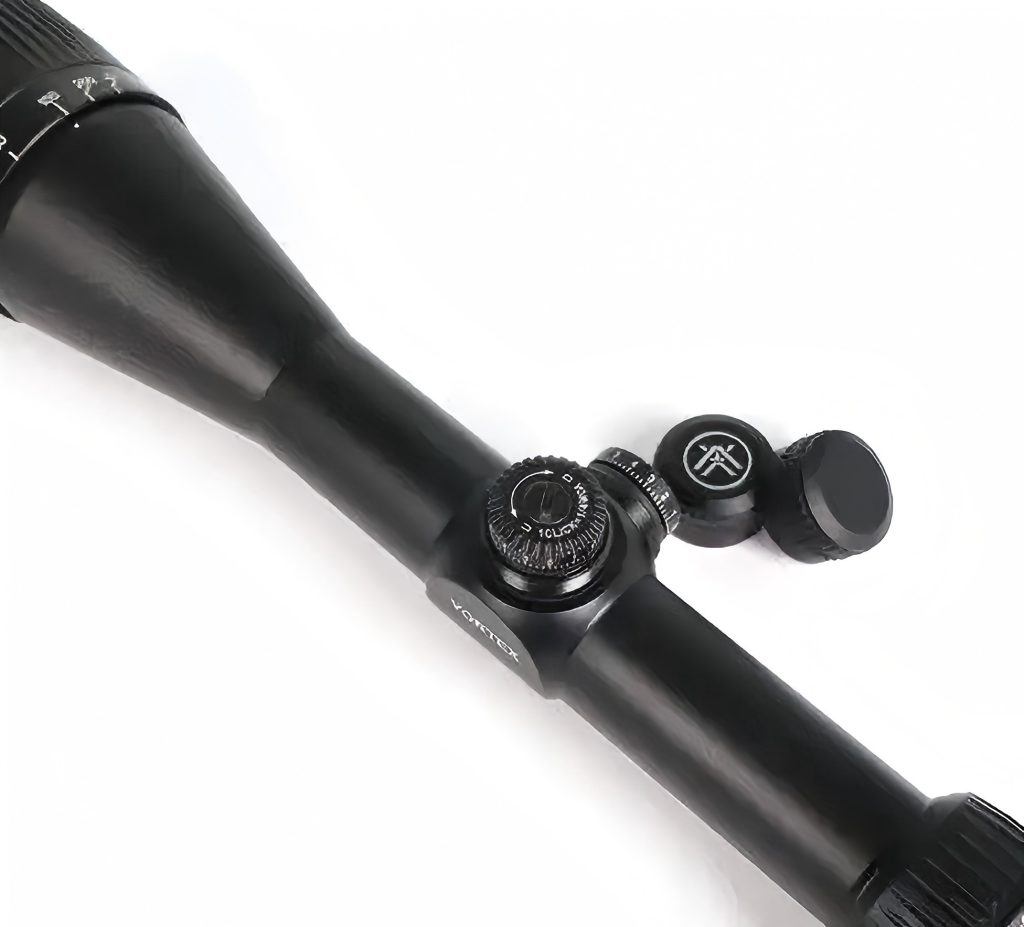
The physical structure of the AO scope
Adjustment rings usually situated at the front of the lens objective it comes with the distance scale (such as 25m 50m, 100m, etc. ). Top-quality AO scopes can also be equipped with locking mechanisms in the adjustment ring to avoid accidental adjustments in the fixed position when exercising or transport.
Mechanism for rotation by rotating the adjustment ring the distance of the objective lens changes in order to be able to measure the distance of the target.
The core function of AO
Eliminate parallax errors caused by target position fluctuations. Due to changes in the distance to the shooting target, the distance between the objective lens focus and the reticle may not be fixed, resulting in parallax. The relationship between the target and the crosshairs changes with changes in the observation position. Adaptive optics (AO) allows the user to adjust the shooting range and ensure that the crosshairs (reticle) of the scope are on the same optical path as the target, thereby improving aiming accuracy.
Why do we need AO?
What is parallax?
Parallax refers the phenomena that occurs when there’s an ambiguity between the image plane of the target and the reticle plane of the scope. This difference becomes more evident as magnification increases that’s why high-magnification scopes require an AO functions more. For example:
- If you shoot at 100 meters or more, if the AO is not set correctly regardless of whether the crosshaline is pointed at the intended target, the bullet might still be missed.
- The parallax effect in scopes with high magnification (such as 10x or more) scopes is evident.
The parallax error is usually the most significant reason for the outcome and failure in shooting. Thus, professionals will pay particular attention to AO adjustment in order to ensure the most accurate accuracy is maintained in even the most challenging shooting conditions.
How does AO eliminate parallax?
Set focus of your lens using AO so that the image plane of the target align with the cross-line. This way, even if shooter’s eyes are moving slightly but the aiming line is not affected.
Typical application scenarios of AO scopes
The AO function is particularly important in the following situations:
(1) Long-range precise shooting (over 300 meters)
For instance, in sniping or shooting from a shooting range, parallax has a significant impact. AO can ensure that the impact point is consistent with the aiming point.
(2) Dynamic range targets (such as hunting)
Prey may suddenly appear 50 or 200 meters away, and AO can quickly adjust to adapt to different distances.
(3) High-magnification sight (6× and above)
The higher the magnification, the more obvious the parallax, and AO is almost an essential function.
How to identify and operate AO?
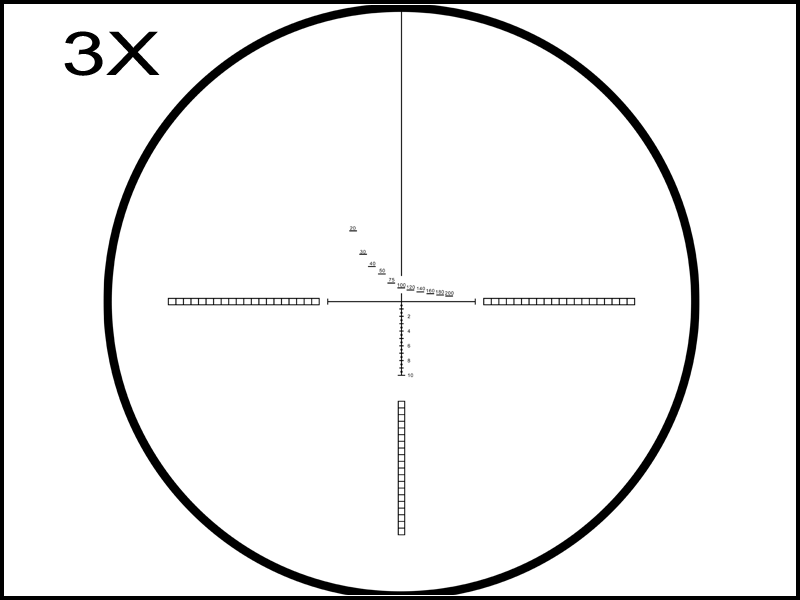
Appearance: The objective end of the AO scope is equipped with a rotatable adjustment ring, usually marked with “AO” or distance value (as shown in the following figure).
- Measure the distance to the target: By using devices such as rangefinders, or based on experience, environmental cues, etc., to determine the approximate distance between the target and oneself (for example, by referring to the size of a known object).
- Turn around the AO adjustment ring to adjust the scale of the knob until it is in the level that is corresponding to the distance to the goal. For example, if the distance of the target is 100m and the AO knob is turned until it is at the point marked “100m” or a similar number.
- Check parallax: Move your head slightly and observe whether the crosshairs and the target move relative to each other:
If the crosshairs shift as your head moves, the AO still needs to be fine-tuned.
If the crosshairs stay on the target, the AO is calibrated correctly.
Notes
- Re-zero after adjustment: After a large adjustment of AO, it is recommended to re-zero to ensure the accuracy of the impact point.
- Avoid violent rotation: The AO adjustment ring usually has a mechanical limit, and excessive force may cause damage.
Influence of environmental factors: Extreme temperature or humidity may affect the accuracy of AO, and it needs to be checked regularly.
Comparison of AO and other parallax correction methods
| Adjustment method | Principle | Advantages | Disadvantages | Applicable scenarios |
| AO(Adjustable Objective) | Rotating objective lens adjustment | Simple structure, low cost | Moving the gun body is required for adjustment | Mid-range scope |
| SF(Side Focus) | Side knob adjustment | Easy to operate, does not affect the grip | Higher price | High-end tactical/competition scope |
| Fixed objective lens | No adjustment function | Stable structure, low price | Suitable only for fixed distance | Low magnification/close range shooting |
Frequently Asked Questions and Answers (FAQ)
Q1: Do all scopes have AO?
No. Scopes with a low magnification (such as 1-1-4x) or with a shorter distances (such as 50 meters or less) typically do not require an AO.
Q2: What is the difference between AO and zoom function?
AO: adjusts the focal length of the objective lens, eliminates parallax, and does not affect the magnification.
Zoom: changes the magnification (such as 3-9×), but does not affect parallax correction.
Q3: Will the impact point change after AO is adjusted?
Possibly. If the AO adjustment range is large (such as from 50 meters to 300 meters), it is recommended to reset to zero.
Conclusion
The AO (Adjustable objective lens) is a key function for enhancing the shooting accuracy of rifles, especially suitable for long-distance, high-magnification or dynamic range shooting. A properly used AO will eliminate parallax and make sure that the target of impact is congruous with the point of aim.

